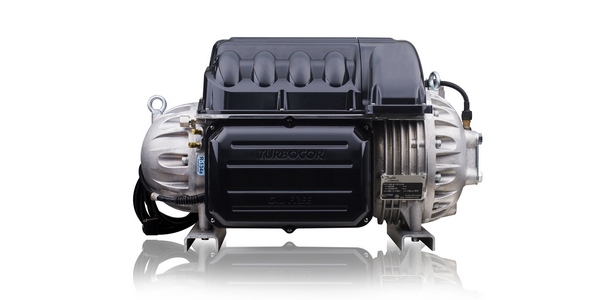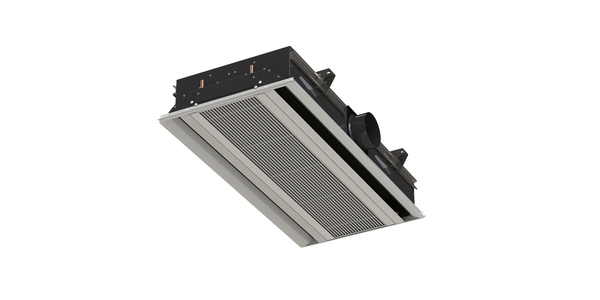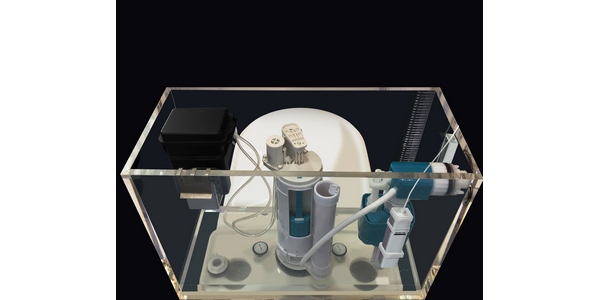Danfoss EnVisioneering Symposium Explores Path to Sustainable Commercial Refrigeration
On Sept. 30, Danfoss hosted its 25th EnVisioneering Symposium, “Refrigerants2Sustainability: Risks, Options, & Opportunities in Commercial Refrigeration,” which addressed how an increasing industry-wide focus on refrigerants and energy is driving changes in the design, deployment and maintenance of refrigeration equipment and supermarkets and in the potential for industry-utility partnerships.
Refrigerant & energy efficiency regulations: Effecting industry action
Pamela Gupta, manager, greenhouse gas reduction strategy section, California Air Resources Board, provided keynote remarks for the symposium with an introduction to the regulations and policies pushing industry in California to reduce greenhouse gas emissions.
According to Gupta, of all the hydrofluorocarbon emissions released in the state, 86 percent can be attributed to refrigerants. Similarly, 36 percent of HFC emissions result from commercial refrigeration systems using more than 50 pounds of refrigerant. To help reduce the impact state-wide, California has established reduction targets for short-lived climate pollutants, including a 40 percent reduction of fluorinated gas emissions by 2030 based on current (2013) levels. SLCPs also include methane and black carbon.
Some of the policy design considerations for reducing F-gas emissions include meeting states’ emission reduction targets, ensuring the timely transition of R-22 systems to the lowest possible GWP alternative, incentivizing improvements in energy efficiency, and providing flexibility for the industry to minimize costs and meet the objectives as cost-effectively as possible.
Case studies from the field: Responding with technology
To prepare for the move toward sustainable refrigerants and energy efficiency, several commercial refrigeration end-users and equipment manufacturers already are taking action.
According to Tristam Coffin, sustainable facilities coordinator – northern California region, Whole Foods Market has seen promising energy efficiency data at its 14 stores with natural refrigerant systems compared to stores with HFC systems. He noted, however, that the natural refrigerant stores require revised safety precautions and procedures, and emphasized the increased importance of collaboration and commissioning among all stakeholders, including controls and equipment manufacturers, in the design, installation and maintenance phases of a store.
Moving forward, Coffin underscored the need for industry training and education, which he suggested would only help to decrease the costs associated with natural refrigeration systems, thereby reducing initial system costs to improve payback.
Utility partnerships with industry: Evolving and identifying the gaps
Increasing adoption of low-GWP refrigerant systems that reduce GHG emissions by further decreasing costs could also be expedited by the development of utility incentive and rebate programs, similar to those established for energy efficiency initiatives.
During the symposium, both Southern California Edison and Sacramento Municipal Utility District discussed the initiatives being developed to encourage customers to make the transition to low-GWP refrigerants that simultaneously reduce a system’s impact on the electric grid.
However, there are still gaps to be crossed in order for these low-GWP or natural refrigerant incentive programs to fulfill the objectives of the utility and be attractive to customers.
Participants agreed that broad collaboration is necessary for the industry to make the transition to low-GWP refrigerants. Alternative technologies are available, but we need to achieve scale to overcome first-cost barriers and training and education are critical in the path forward.
Launched in 2006, the EnVisioneering Symposia Series facilitates an ongoing dialogue among industry, the policy community and thought leaders in research and development. As the third symposium dedicated to issues in commercial refrigeration, this symposium convened nearly 50 leaders from industry – including equipment manufacturers and end users, policy and utilities, and was held in San Diego, California.
For more information, visit http://www.danfoss.us/industry-outreach-and-engagement/.





